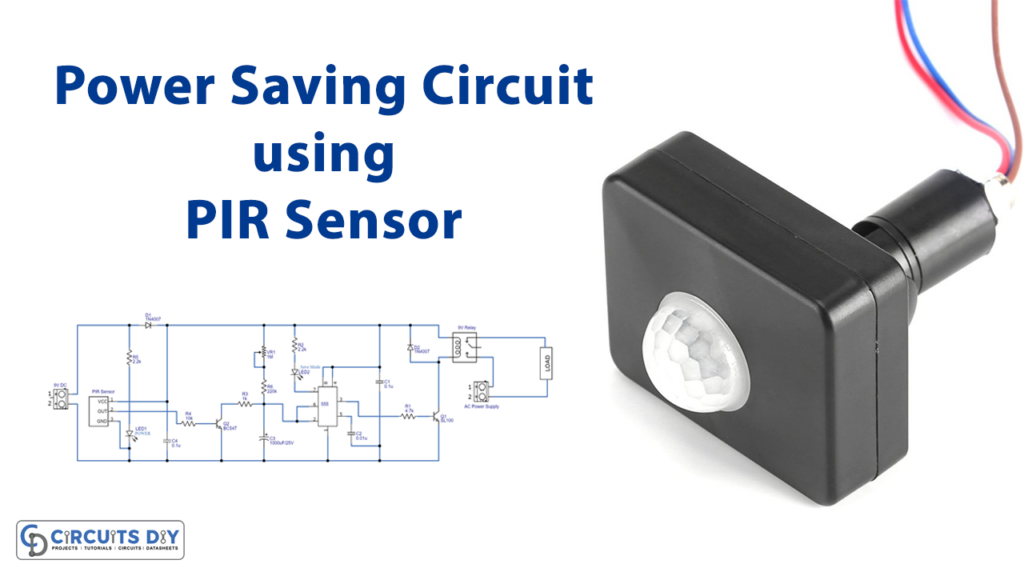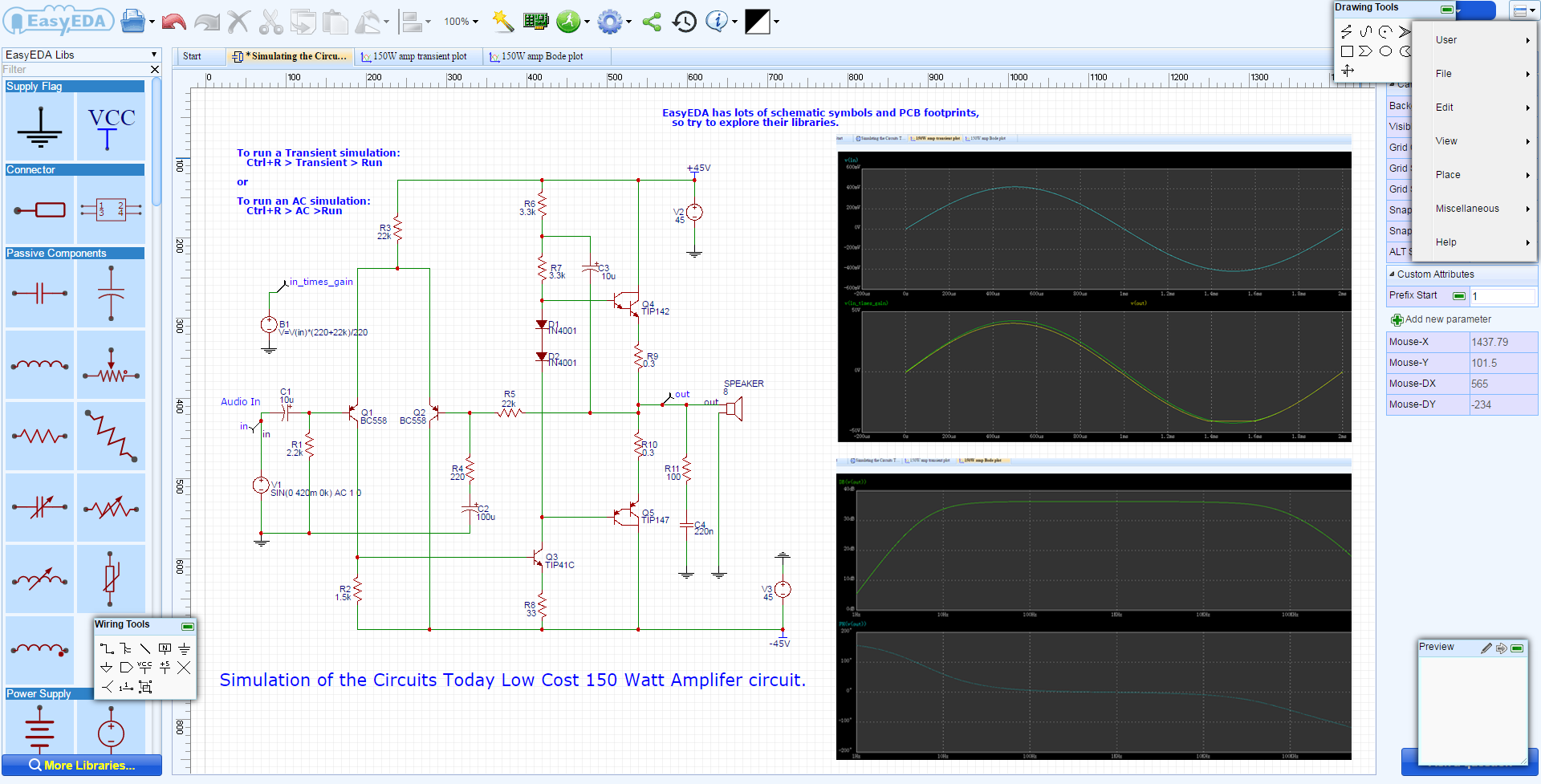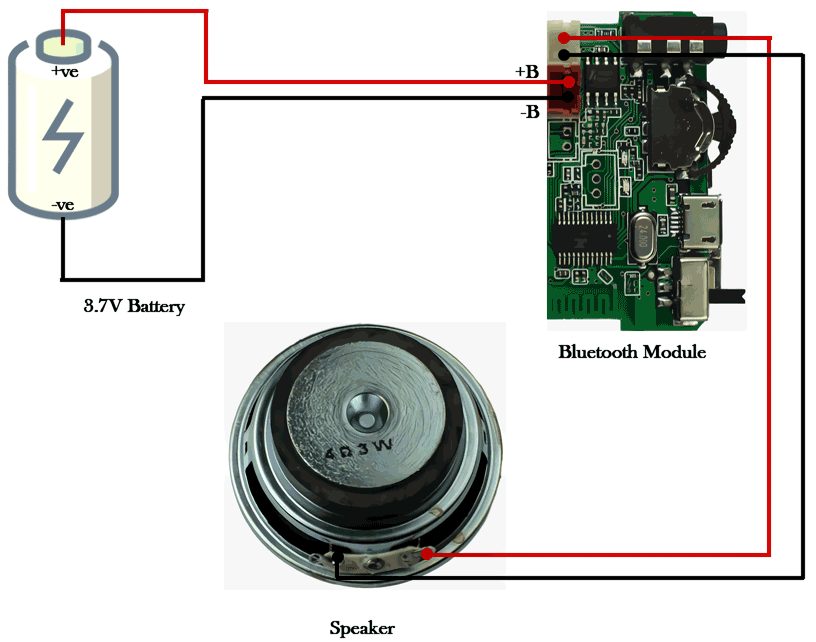How to Make a Power-Saving Circuit
Are you looking to save energy and reduce your electricity bills? Creating a power-saving circuit is a great way to make your electronic devices more energy-efficient. In this guide, we will walk you through the steps to make a simple yet effective power-saving circuit that you can implement in various devices. Let’s get started!
Before we begin, let’s understand the basics of how a power-saving circuit works. The primary goal of a power-saving circuit is to reduce the amount of power consumed by an electronic device without compromising its performance. This is achieved by optimizing the power usage of components and reducing energy wastage in the circuit.
Materials Needed
- Breadboard
- 555 timer IC
- Resistors (220 ohms, 1k ohm, 10k ohm)
- LED
- Capacitors (0.01uF, 10uF)
- Switch
- Battery
Step-by-Step Guide
1. Start by placing the 555 timer IC on the breadboard. Make sure to refer to the datasheet of the IC for correct pin configurations.
2. Connect the Vcc pin of the IC to the positive rail of the breadboard and the GND pin to the negative rail.
3. Connect pin 4 (RESET) of the IC to pin 8 (Vcc) with a 10k ohm resistor. This will ensure that the IC is always in the active state.
4. Connect pin 2 (TRIG) of the IC to pin 6 (THRES) with a 1k ohm resistor. Connect pin 6 to the negative rail with a 10uF capacitor.
5. Connect pin 7 (DIS) to pin 3 (OUT) of the IC. Connect pin 3 to an LED with a 220 ohm resistor in series.
6. Connect a switch between Vcc and pin 2 (TRIG) of the IC. This switch will act as a power-saving feature, allowing you to turn off the circuit when not in use.
How It Works
When the circuit is powered on, the 555 timer IC generates a square wave output at pin 3, which toggles the LED on and off. The switch between Vcc and pin 2 provides a mechanism to disable the IC when the circuit is not in use, thus saving power.
By following these steps, you can create a basic power-saving circuit that can be applied to various electronic devices to reduce energy consumption. Experiment with different components and configurations to optimize the circuit for your specific needs.
We hope this guide has been helpful in understanding how to make a power-saving circuit. Start building your circuit today and enjoy the benefits of a more energy-efficient device!
How to Make a Power-Saving Circuit
Are you looking to save energy and reduce your electricity bills? Creating a power-saving circuit is a great way to make your electronic devices more energy-efficient. In this guide, we will walk you through the steps to make a simple yet effective power-saving circuit that you can implement in various devices. Let’s get started!
Before we begin, let’s understand the basics of how a power-saving circuit works. The primary goal of a power-saving circuit is to reduce the amount of power consumed by an electronic device without compromising its performance. This is achieved by optimizing the power usage of components and reducing energy wastage in the circuit.
Materials Needed
- Breadboard
- 555 timer IC
- Resistors (220 ohms, 1k ohm, 10k ohm)
- LED
- Capacitors (0.01uF, 10uF)
- Switch
- Battery
Step-by-Step Guide
1. Start by placing the 555 timer IC on the breadboard. Make sure to refer to the datasheet of the IC for correct pin configurations.
2. Connect the Vcc pin of the IC to the positive rail of the breadboard and the GND pin to the negative rail.
3. Connect pin 4 (RESET) of the IC to pin 8 (Vcc) with a 10k ohm resistor. This will ensure that the IC is always in the active state.
4. Connect pin 2 (TRIG) of the IC to pin 6 (THRES) with a 1k ohm resistor. Connect pin 6 to the negative rail with a 10uF capacitor.
5. Connect pin 7 (DIS) to pin 3 (OUT) of the IC. Connect pin 3 to an LED with a 220 ohm resistor in series.
6. Connect a switch between Vcc and pin 2 (TRIG) of the IC. This switch will act as a power-saving feature, allowing you to turn off the circuit when not in use.
How It Works
When the circuit is powered on, the 555 timer IC generates a square wave output at pin 3, which toggles the LED on and off. The switch between Vcc and pin 2 provides a mechanism to disable the IC when the circuit is not in use, thus saving power.
By following these steps, you can create a basic power-saving circuit that can be applied to various electronic devices to reduce energy consumption. Experiment with different components and configurations to optimize the circuit for your specific needs.
We hope this guide has been helpful in understanding how to make a power-saving circuit. Start building your circuit today and enjoy the benefits of a more energy-efficient device!



